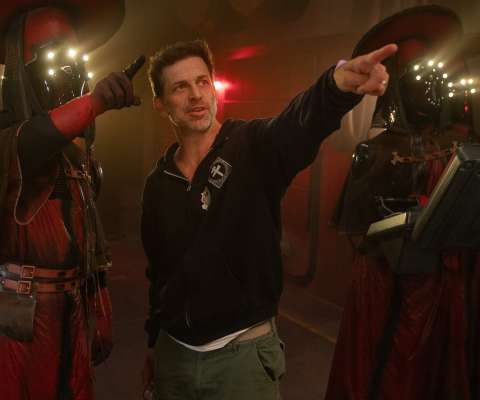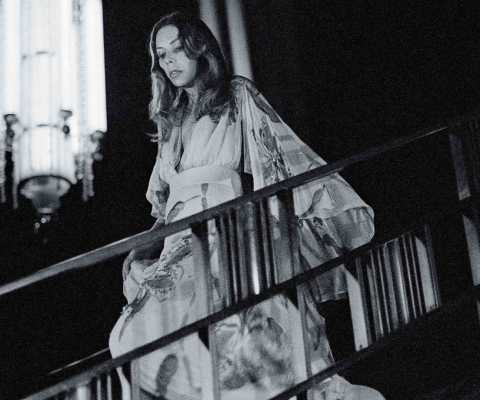Coming of age films like Lukas Moodysson’s rocking and rolling Sweedish period piece We Are the Best! are a rare thing, indeed. Never saccharine, never cloying, and never going for cheap laughs or melodrama, Moodysson might have created a teen movie that takes place in the 1980s, but the core concept and dreams and fears of the main characters are so timeless that it could have taken place earlier today instead of over 30 years ago. It’s a punk rock film that never equates punk rock as something dangerous or as an outlet for dark brooding feelings. It’s an outlet for fun, empowerment, and self-actualization. That doesn’t exactly sound punk rock, but it’s all in the execution, and it’s pulled off almost perfectly in one of the best films of the year so far and one of the biggest sleeper surprises out of TIFF in 2013.
Based on a comic book by his wife Coco, Moodysson tells the story of a pair of girls in their early teens who are sick of getting looked down upon because punk is apparently dead. It’s 1982 in Stockholm and everyone who used to like punk has seemingly ditched them for groovier and darker new wave acts. This leaves the shy, bespectacled, rationalist Bobo (Mira Barkhammar) and the brash, mohawked, sarcastic, pashmina rockin’ Klara (Mira Grosin) as outcasts at their school, mocked by both the plastic looking good girls and the down and dirty metal heads. One day a quick solution to their problems arises in the form of starting a band despite the fact that neither of them owns or even remotely knows how to play an instrument. They halfassedly crank out a single song (titled “Hate the Sport,” naturally about hating sports), but to be taken seriously they turn to a very different kind of outcast to round out their trio: a Christian acoustic guitrarist (Liv LeMoyne), who shows great resilience by never letting boos get to her and who has a generally accepting view of those who don’t share her beliefs.
Shooting with the eye of a documentarian, Moodysson’s film looks as grimy and pointed as Klara’s soap covered hair, but it serves the alienation of its characters wonderfully. The audience becomes a fly on the wall the wallflowers have been rocking out next to. It’s warm and inviting when many films that use the aesthetic feel cold and distancing. The form of the film is perfectly in step with the rhythms of the characters, albeit considerably more polished than they are.
That’s not to say that the characters aren’t well realized or performed. Moodysson gives his young charges ample room to portray their characters like great kids who are still finding their way in the world. Their neither too cool for the room, nor are they in the dark as to what has been going on around them. They are normal teens with very achievable immediate plans. They want to rage against the machine and stay in the moment. They aren’t thinking beyond the immediate future and having fun while waiting out their remaining days of school. Aside from a final act where boys start to get in the way of the band dynamic (with Bobo feeling a little left out) and the first time Bobo and Klara get accidentally drunk, both of which are milestones in the lives of most teens, the film has a decidedly lived-in quality that’s both awkward and relentlessly endearing to anyone who remember what it was like to be young.
And that’s what being a teenager is like, regardless of sex, race, or musical abilities or creative outlets. That’s the beauty of We Are the Best! You can hate punk rock, but it’s impossible to not see a little bit of yourself in these characters. The dialogue is never stilted and the performances are so natural that the performers never look like they’re working from a script. It makes being bad at music but awesome at life look effortless. That’s the hardest thing for any teen film to achieve, and it makes Moodysson’s film part of the highest percentile in the genre.






Comments